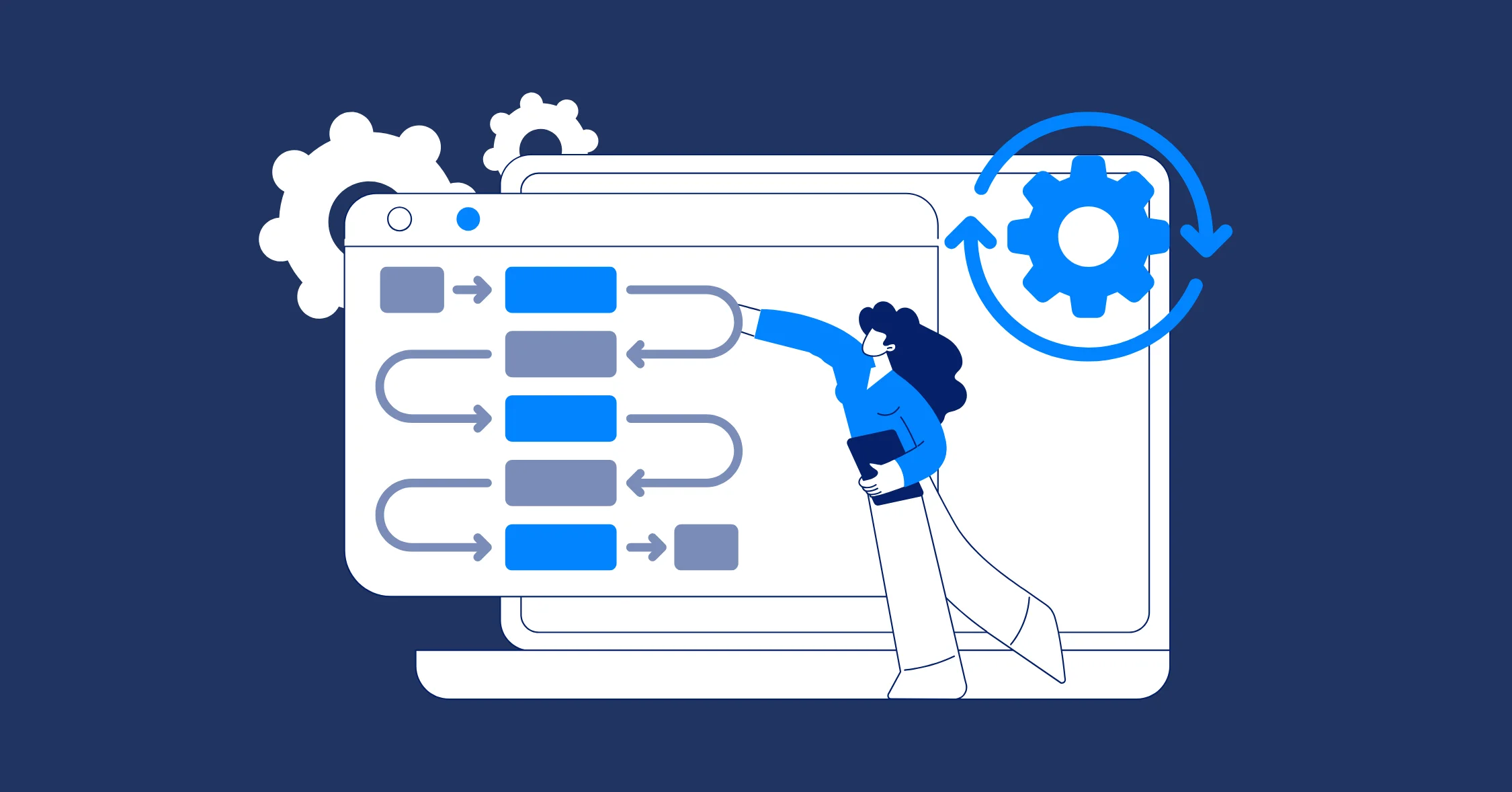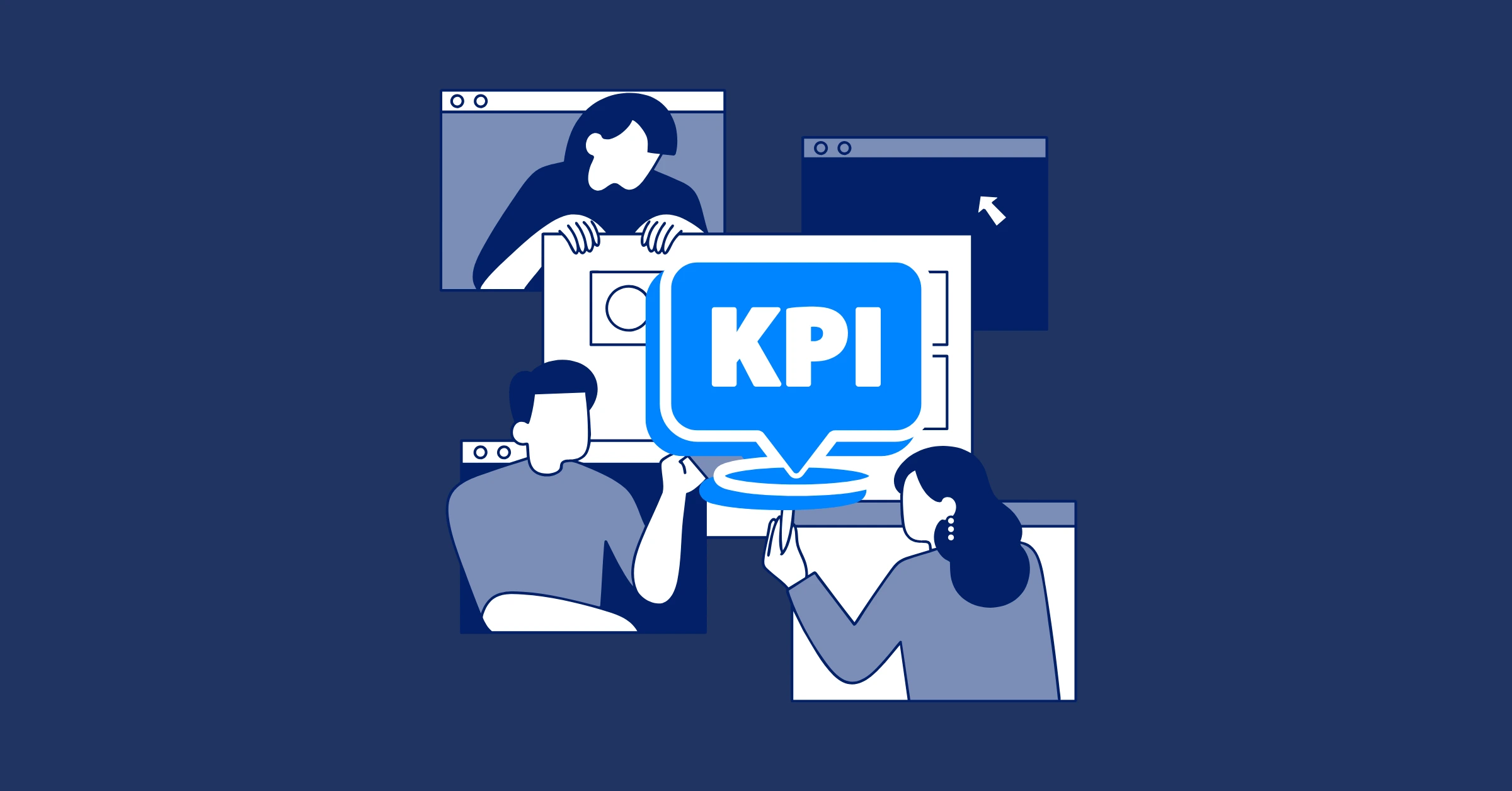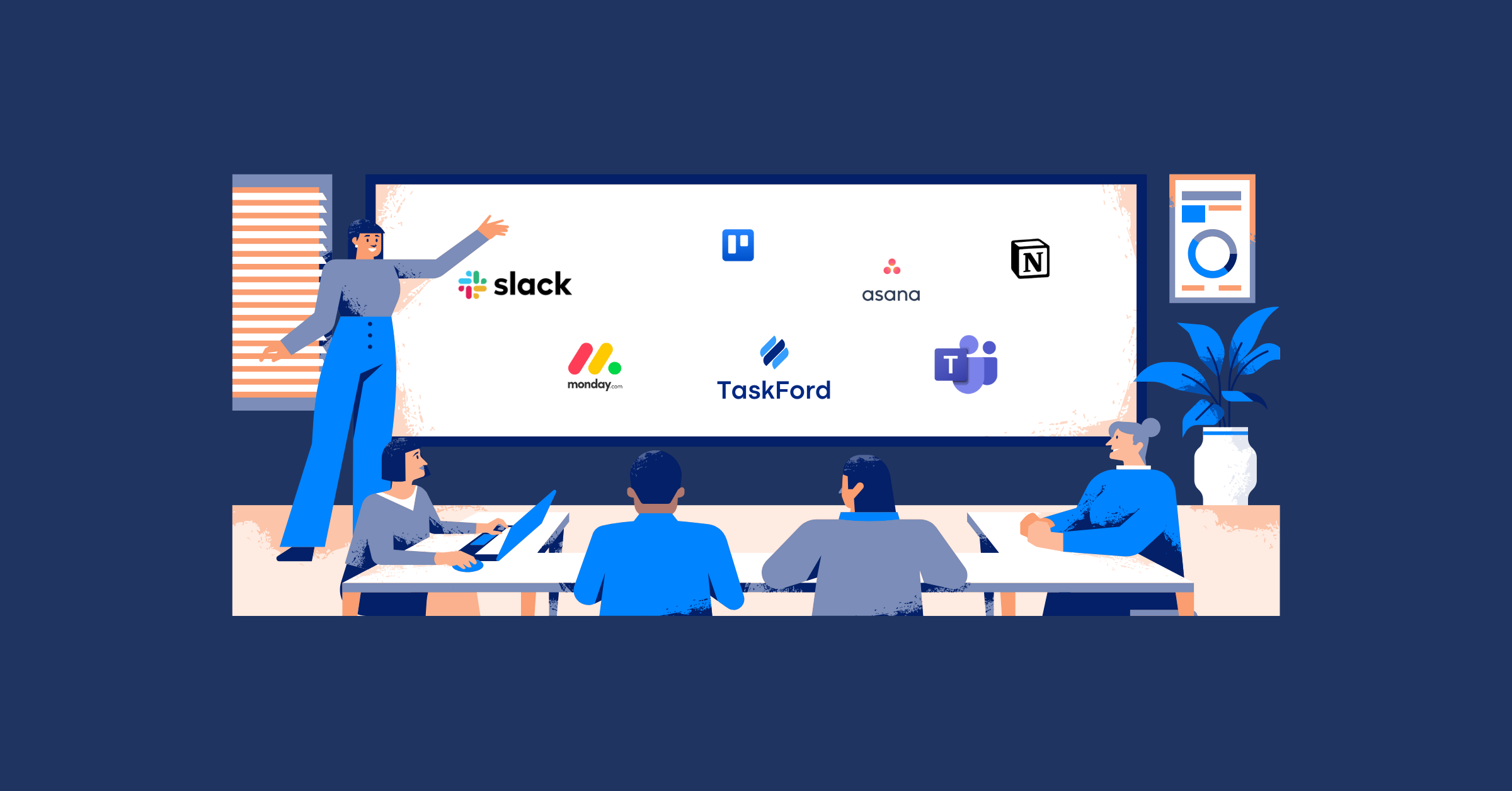Tools for Organizing Company-Wide Initiatives
Discover top tools to organize company-wide initiatives. Get practical tips to keep teams aligned, save time, and ensure project success!
Hey there! If you’ve ever been tasked with rallying an entire company around a big idea - whether it’s launching a new product, rolling out a company-wide training program, or revamping internal processes - you know it’s no small feat.
However, the right tools can make or break your success. They’re like the trusty sidekick that keeps everyone on the same page and the project on track. So, let’s dive into some practical tools and tips for organizing those big, bold company initiatives in this blog.
Why You Need Tools for Company-Wide Initiatives
Picture this: you’re leading a company-wide push to adopt a new customer relationship management (CRM) system. Marketing’s excited, sales is skeptical, and IT is already drowning in tickets. Without a solid way to organize tasks, communicate updates, and track progress, things can spiral into chaos faster than you can say “deadline missed.”
Tools help you:
- Keep everyone aligned: From the CEO to the intern, everyone needs to know what’s going on.
- Stay organized: Big initiatives have a lot of moving parts - tasks, timelines, and resources all need wrangling.
- Save time: Automating repetitive tasks and centralizing communication means less time chasing updates and more time actually getting stuff done.
- Measure progress: You can’t improve what you don’t track, and tools make it easy to see what’s working and what’s not.
So, let’s talk about some tools that can make your life easier!
1. Project Management Tools: Your Command Center
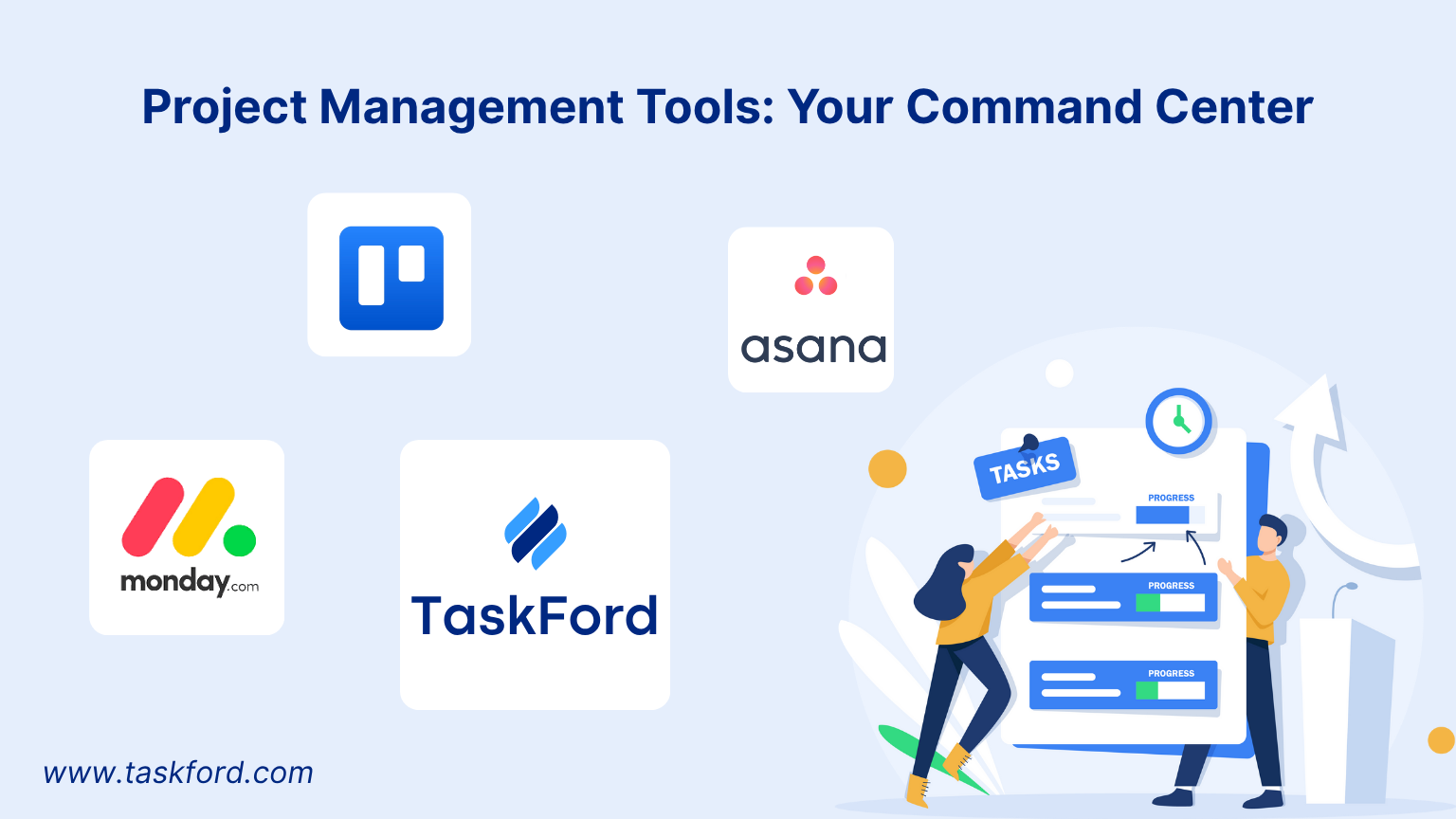
When you’re juggling a company-wide initiative, you need a central hub where tasks, timelines, and responsibilities live. Project Management Toolss are your go-to for this.
- TaskFord: This tool shines for teams needing a comprehensive platform to manage tasks, projects, and resources. TaskFord offers flexible task tracking with views like Kanban, Gantt, and Calendar, plus features for resource allocation and time tracking. It’s great for initiatives like cost-saving programs, where balancing workloads and budgets is key. Users praise its modern interface and ability to provide insights into workload and time spent, though some have noted limitations, like difficulty canceling approved vacations.
- Asana: This tool has a clean interface and flexibility. You can create tasks, assign them to team members, set deadlines, and even visualize progress with Kanban boards or Gantt charts. For instance, using Asana to manage a company rebranding project and being able to break it down into bite-sized tasks for each department was a game-changer.
- Trello: If you’re a visual person, Trello’s card-based system is super intuitive. For smaller initiatives, like organizing a company-wide training day, where each “card” was a session and we could drag them around to adjust the schedule.
- Monday.com: This one’s great for bigger teams or more complex projects. It’s highly customizable, so you can tailor it to your company’s needs. You can use it to track a product launch across multiple time zones, and the automation features save hours of manual follow-ups.
Pro tip: Choose a tool that fits the team’s style. For less techy folks, Trello’s simplicity is a hit. For detail-oriented teams, Asana or Monday.com might be the way to go. If resource management and time tracking are priorities, TaskFord’s approach is worth a look.
2. Collaboration Tools: Keeping Everyone in the Loop
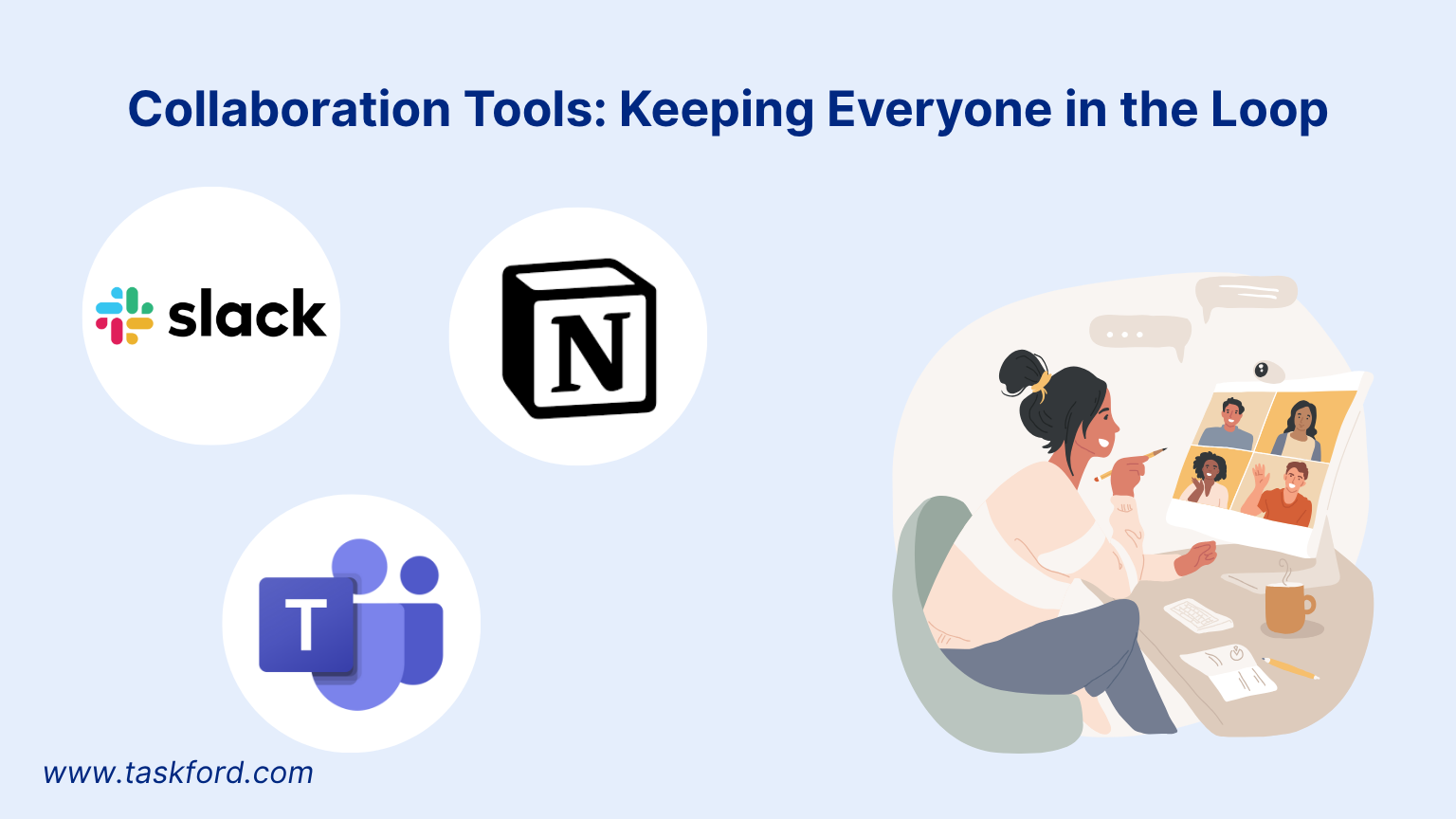
Company-wide initiatives mean everyone needs to stay connected, from the exec team to the frontline staff. Collaboration tools are like the glue that holds communication together.
- Slack: This is a go-to for quick chats and updates. You can create channels for specific initiatives (e.g., #NewCRMProject) and keep conversations focused. During a company-wide sustainability initiative, Slack was a lifesaver for sharing quick updates and answering questions in real-time.
- Microsoft Teams: If your company is already in the Microsoft ecosystem, Teams is a no-brainer. It combines chat, video calls, and file sharing in one place. Use it for a global training rollout, and the ability to host webinars and share docs seamlessly was clutch.
- Notion: This one’s a bit of a wildcard, but it's for creating a centralized “wiki” for initiatives. Use Notion to build a one-stop hub for a company-wide DEI (diversity, equity, inclusion) program, where everyone can find FAQs, timelines, and resources.
Pro tip: Don’t let these tools become a distraction. Set clear guidelines (e.g., “Use Slack for quick updates, but put detailed plans in TaskFord”) to avoid communication overload.
3. Strategic Planning Tools: Aligning on Big Goals
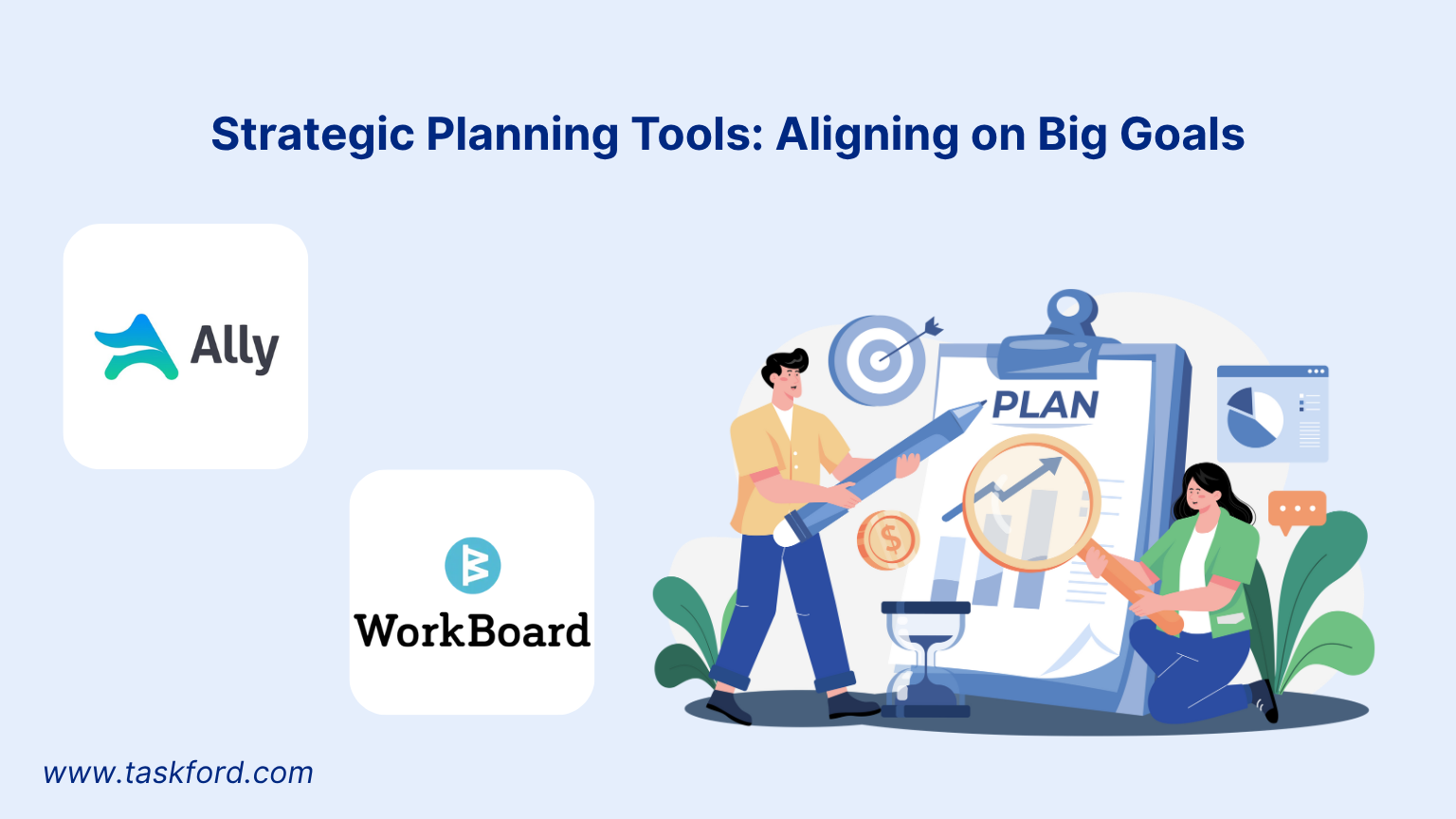
Big initiatives often tie back to company goals, like hitting revenue targets or improving employee engagement. Tools that help you set and track objectives are key:
- OKR Software (e.g., Ally.io or Workboard): OKRs (Objectives and Key Results) are a great way to align everyone around what matters most. For instance, in a company-wide digital transformation project, use Ally.io to set clear objectives (e.g., “Migrate 80% of processes to the cloud by Q3”) and track key results. It helped keep the leadership team and departments focused.
Pro tip: Make sure your goals are visible to everyone. Transparency builds trust and keeps teams motivated.
4. File and Document Management: No More “Where’s That File?”
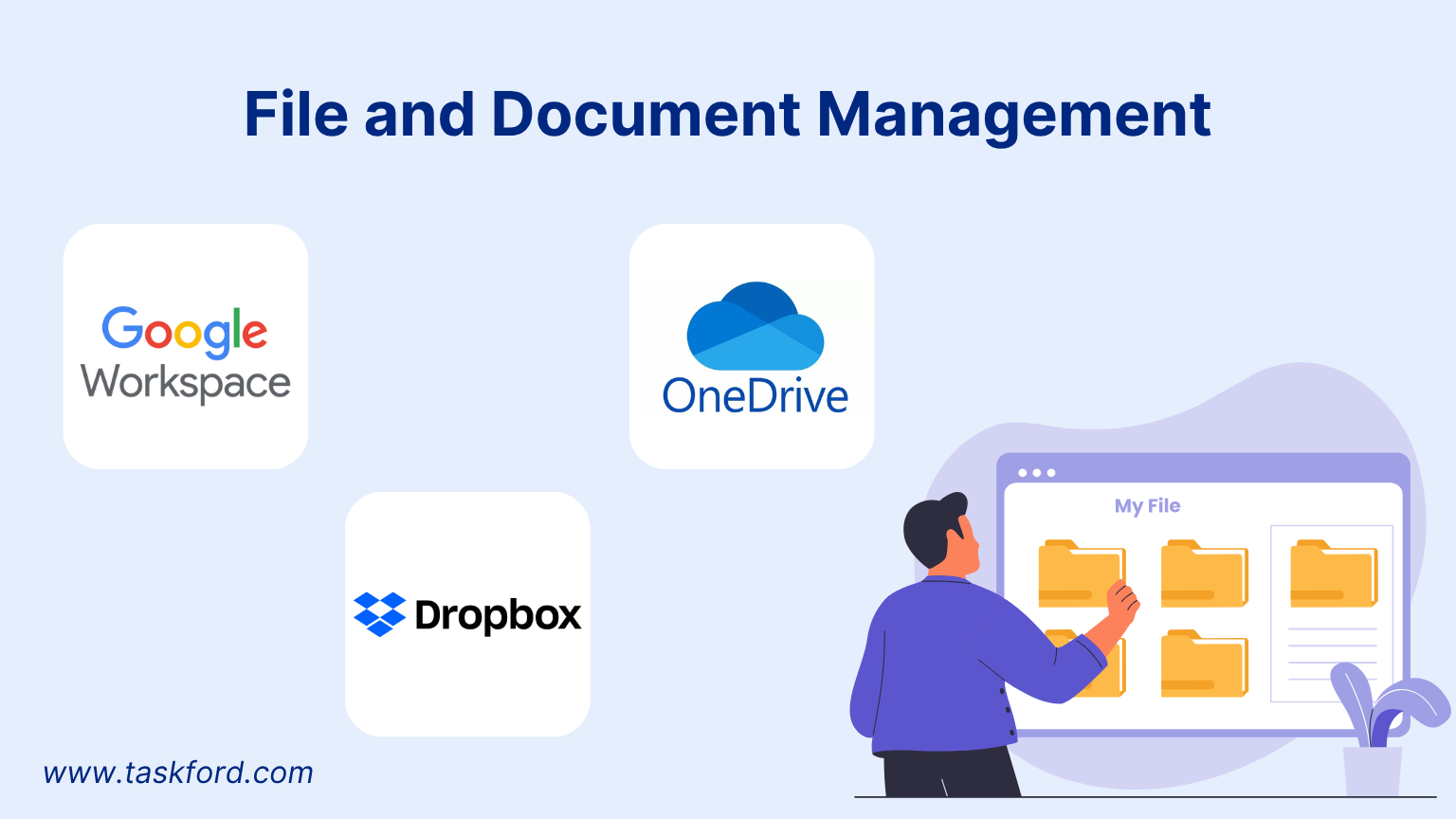
Company-wide initiatives generate tons of documents - plans, reports, presentations, you name it. A good file management system keeps things organized and accessible.
- Google Workspace: Google Docs and Sheets are go-to for collaborative editing. During a company-wide policy overhaul, use Google Docs to draft new guidelines with real-time input from multiple teams.
- Dropbox or OneDrive: These are great for storing and sharing larger files, like training videos or branding assets. For instance, use OneDrive for a global marketing campaign, and it made sharing high-res files across regions a breeze.
Pro tip: Set up clear folder structures and naming conventions early on to avoid a digital mess.
Top Lessons from the Field
- Start with buy-in: No tool will save you if your team isn’t on board. Before rolling out any software, get input from key stakeholders and explain how it’ll make their lives easier.
- Keep it simple: Don’t overwhelm your team with too many tools. If you're introducing three new platforms at once, the team wasn’t thrilled. Stick to one or two that cover your needs.
- Train your people: A tool is only as good as the people using it. Offer quick training sessions or create cheat sheets to help everyone get comfortable.
- Check in regularly: Use your tools to track progress, but don’t forget the human side. Regular check-ins with your team can catch issues before they derail your initiative.
Wrapping It Up
Organizing a company-wide initiative is like herding cats while riding a unicycle - it’s tricky, but the right tools make it doable. Whether you’re managing tasks with TaskFord, keeping everyone in the loop with Slack, or tracking big-picture goals with OKR software, these tools are your secret weapon for staying organized and keeping everyone aligned. Best advice? Start small, pick tools that fit your team’s needs, and don’t be afraid to tweak your approach as you go. You’ve got this!
Got a specific initiative in mind? Let us know, and we can recommend the perfect tool stack to make it a success!
Making work simpler,
smarter, and more connected
Join our waitlist and be notified first.

Subscribe for Expert Tips
Unlock expert insights and stay ahead with TaskFord. Sign up now to receive valuable tips, strategies, and updates directly in your inbox.


